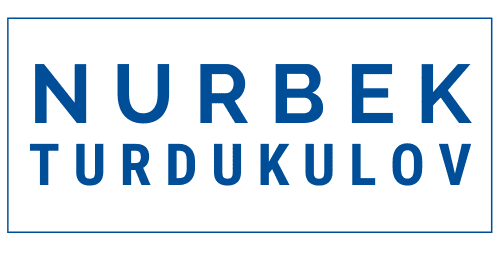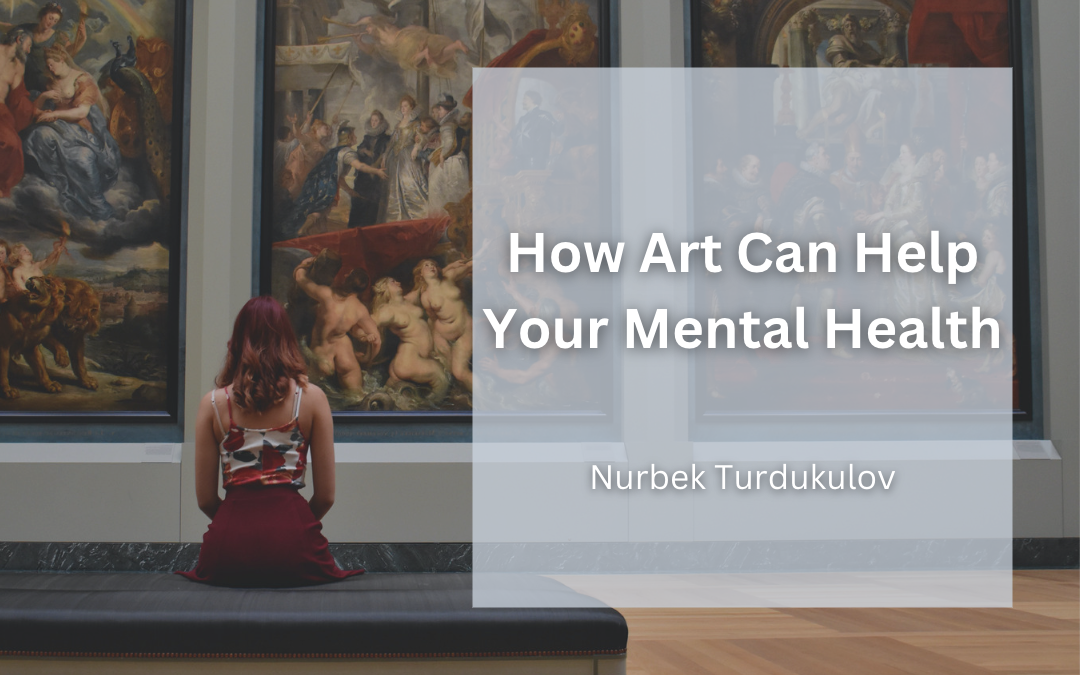Research has demonstrated that art can have a positive impact on our mood and mental health. But what about art is so beneficial? Art can be incredibly useful for our physical and emotional health and can contribute to our general joy and mental well-being. Visiting an art gallery or taking classes in painting or ceramics can be a delightful way to spend the day while also enhancing the health and quality of life for you and your family.
Creativity in Day-to-Day Life
In every aspect of daily life, creativity can be seen, whether it be manifesting through physical artwork, curating an Instagram feed for aesthetic purposes, or simply admiring an eye-catching advertisement. Edward Hopper, an American artist from the early 20th century, depicted everyday life in his paintings. For example, his artwork, Automat, portrays a solitary woman drinking coffee, surrounded by the contrasting bright light of the building and dark night sky. This painting encourages viewers to explore and contemplate the scene, creating an escape from their own worries.
The Transformative Effect of Art
When we take the time to truly appreciate art, we are transformed and transported to a realm that surpasses reality. We become completely immersed in the story that the artwork conveys. Through this process, art has the power to transform our perspectives and our minds, promoting positive physical effects on our well-being. Studies have shown that repeated exposure to art can have a lasting change on our brain circuits. This is demonstrated in The Birth of Venus, a Renaissance masterpiece, which can engage the viewer in an interactive, sensory, cognitive, emotional, and even spiritual experience.
Mental Health and Art Therapy
Art therapy is a form of psychotherapy used to help people dealing with mental health issues to express themselves and communicate. It can reduce stress and anxiety while also increasing self-esteem. Creating art is something that anyone can do, enabling us to escape the worries and stresses of daily life. It could involve taking time out of the day to draw or working towards a bigger project like a painting. Regardless of what it is, art is a great way for people to express themselves in a creative way.
Painting as a Form of Expression
Jackson Pollock is famous for pioneering abstract expressionism, and his most expressive technique of painting was known as “action painting.” He would take huge canvases and use all of his physical strength to splatter, drip, and throw paint onto them. Jackson Pollock’s work shows the physicality and mental benefits of creating art. Struggling with alcoholism, he looked to painting as a form of relief, proving that art does not have to be laborious and can be a very fulfilling experience.
Mindfulness from Visiting a Museum
As soon as you step into a museum and lay your eyes upon a beautiful painting, you are transported to a new realm. The peaceful and serene atmosphere can bring you a sense of relaxation and inner peace. Museums provide an environment to practice mindfulness by engaging with exhibitions and allowing visitors to be present and in the moment. They stimulate the senses and provide an enjoyable experience without sensory overload.
To summarize, creating and viewing art can have a considerable impact on our mental health. It can provide a break from day-to-day life and can even be used as a form of therapy. Most importantly, art is accessible to everyone, and there is a hint of creativity in all we do.

